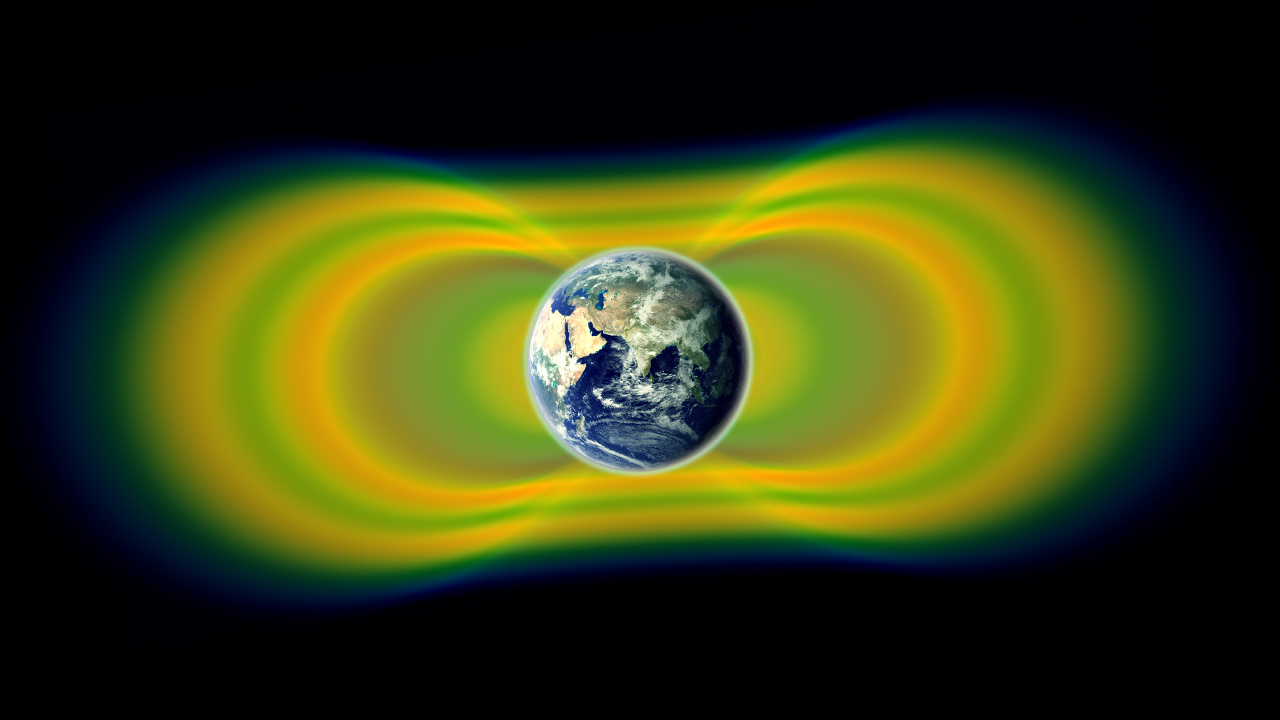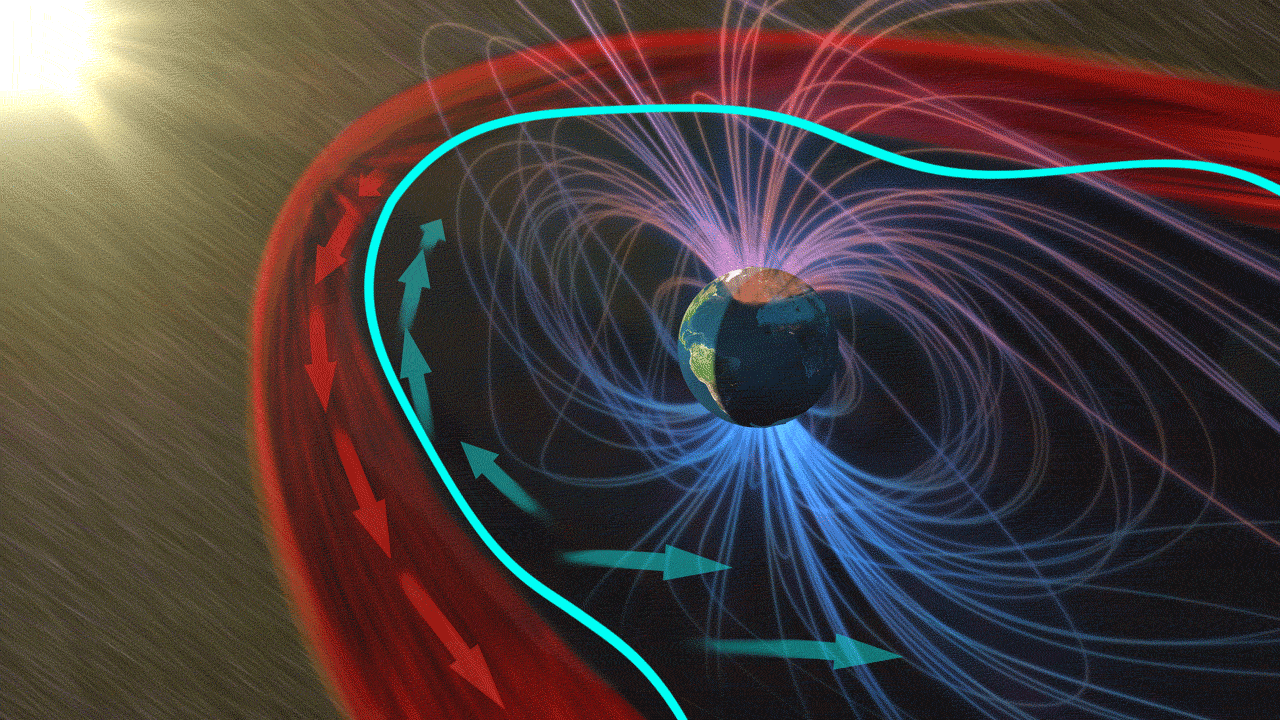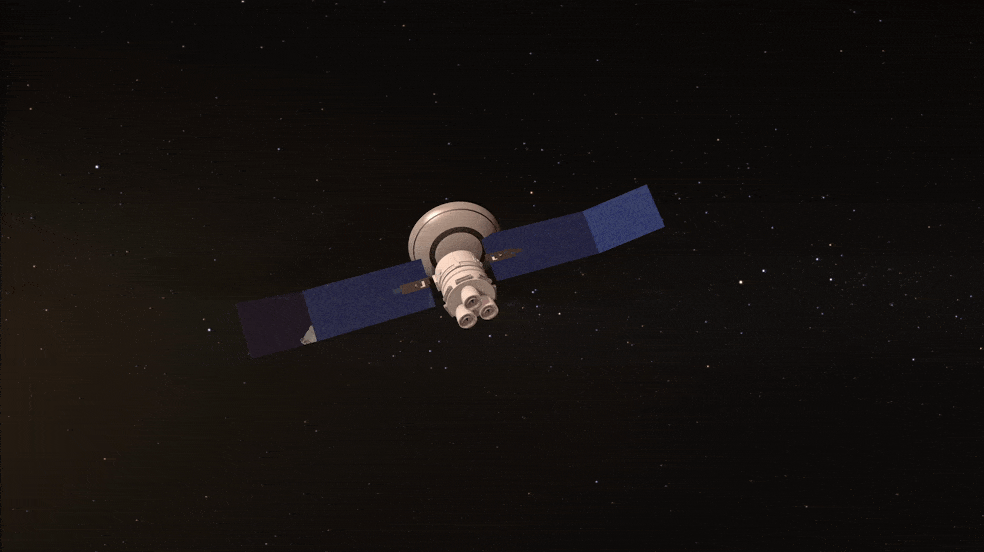The James Webb Space Telescope will soon become the premier observatory in space, just as soon as the weather cooperates. NASA is now targeting to launch the telescope no earlier than Dec. 25, 2021, following a recent delay due to adverse weather conditions that pushed launch back by a day.
One hundred times more powerful than Hubble, Webb will capture light, stretched over space and time into long infrared wavelengths, from the universe’s first stars and galaxies. Once the spacecraft has fully unfolded in space and begun collecting data, it will provide an unprecedented window into our universe’s deep past.
A mission this complex faces many challenges – not least the delicate operation of unfolding its instruments in space. But as the mission readies for launch, operators must evaluate another risk: space weather, the fluctuating, sometimes dangerous conditions in space driven by the Sun.
“Impacts of space weather come in many forms and can cause problems for what we’re doing,” said Jim Spann, space weather lead at NASA Headquarters in Washington. “We’re going to have to pay a lot of attention to space weather.”
With Webb heading to the launchpad, scientists are monitoring space weather conditions, assessing risk in three specific measures.
Keeping an eye on Kp
Aurora chasers looking to glimpse the northern or southern lights often look to the Kp index, a measure of disturbance to Earth’s magnetic field. Combining measurements from 13 ground stations across the U.S., Canada, northern Europe, Australia, and New Zealand, the Kp index ranges from zero to 9, with a rating of 4 or higher considered a geomagnetic storm. Higher Kp values mean auroras are more likely, but these conditions can be unsafe for spacecraft launches, including Webb.
The Kp index indicates variations in Earth’s magnetosphere, a magnetic bubble extending over 40,000 miles (over 64,000 kilometers) out to space at its closest point. Our magnetosphere is constantly pelted by the solar wind, the constant stream of charged particles escaping from the Sun. The solar wind varies according to a regular 11-year period known as the solar cycle. As we approach the peak of solar cycle 25, strong bursts of solar wind are becoming more common, “jiggling” our magnetosphere and causing magnetic variations that can be detected on the ground.
These magnetic variations can send pulses through our electric grids, sometimes causing blackouts. But for spacecraft, the biggest concern is the effects on the electrically charged portion of Earth’s upper atmosphere, known as the ionosphere. During geomagnetic storms, the ionosphere can bunch up, forming patches of higher density particles that distort satellite communication signals passing through.
For Webb, operators will avoid launching when the Kp index is 4 or higher, to avoid risks of losing communication with the spacecraft in the critical moments after launch.
Faring the Van Allen Belts
One of the biggest threats to spacecraft after launch are the Van Allen radiation belts. This pair of doughnut-shaped rings of high-energy particles encircles Earth, trapped in place by our planet’s magnetic field. Named for their discoverer, University of Iowa space physicist James Van Allen, they were a surprise finding of the earliest NASA missions. The inner belt ranges from about 400 to 6,000 miles (about 650 to 9,660 kilometers) above Earth’s surface, and the outer belt stretches from 8,400 to 36,000 miles (about 13,500 to 60,000 kilometers) above Earth’s surface.
Credits: NASA’s Scientific Visualization Studio/Tom Bridgman
Download this video in HD formats from NASA Goddard’s Scientific Visualization Studio
The Van Allen Belts are always active, but an arriving solar storm can pour new electrons into them and energize those already there. Colliding with spacecraft, these energized electrons can build up a charge on the spacecraft’s surface.
“You know when you take something out of the dryer, and if you touch somebody you get that zap?” Spann said. “That’s what can happen when you charge the surface of a spacecraft.”
Those “zaps,” known as arcs, run excess current through the spacecraft’s circuits, potentially causing a short. The built-up electric charge can also decrease the efficiency of solar panels, lowering the power supply to the spacecraft.
Space weather scientists are using data from the National Oceanic and Atmospheric Administration (NOAA) Geostationary Operational Environmental Satellite-17 spacecraft to monitor the electron content in the outer Van Allen Belts, ensuring it stays within acceptable levels for launch.
Watching out for solar energetic particles
The final risk is posed by solar energetic particles, or SEPs. SEPs are the speediest solar particles: electrons and protons from the Sun that travel thousands of miles per second.
When they collide with a spacecraft, SEPs can suddenly increase the electric current and trigger “bit flips,” when a zero is changed to a 1 in binary code or vice versa, in the spacecraft’s computers. The miscalculations can cause a variety of spacecraft malfunctions depending on which circuits they disrupt.
“We can’t yet predict SEP events with 100% certainty,” said Yaireska Collado-Vega, space weather scientist and director of the Moon-to-Mars Space Weather Analysis Office at NASA’s Goddard Space Flight Center in Greenbelt, Maryland. “The models available can predict the intensity of the event, but very few provide information about the timing and how it will change over time, so we watch the Sun every day for signs that an SEP event may arise.”
Earth-directed SEPs are more common when there are active regions – magnetic “hot spots” on the Sun that are often the source of solar flares – facing Earth. With data from a variety of Sun-watching spacecraft, Dr. Collado-Vega and her team will be monitoring active regions on the Sun and their flare activity, assessing the likelihood of an SEP event before giving the “all clear” for Webb to launch.
Every spacecraft must navigate the perils of space weather on its journey from Earth, and Webb is no exception. Carefully monitoring the space weather conditions will help ensure that Webb makes it safely to orbit, where it can deliver still untold discoveries about the universe and our place in it.
By Miles Hatfield
NASA’s Goddard Space Flight Center, Greenbelt, Md.


























